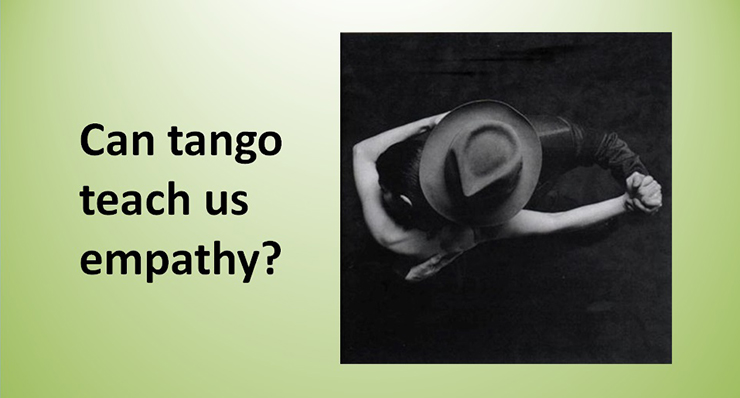How can Compassion Work?

Many people tend to believe that effectiveness is solely about mechanical causation. However, Compassion inherently defies this mechanical nature. Compassion’s true power lies in its ability to foster deep, meaningful connections that transcend simple cause and effect relationships.
This might make some think it can never work — including in Lisa’s case.
Compassion operates from the inside out, transforming individuals deeply and holistically.
Compare it with bending and extending your fingers to move your hand. You can do this now. After a while, your hand is still in the same place. Now move your arm. If you look exclusively at your fingers, you don’t see any change even while your hand moves to a different place.
This illustrates how inner changes, though subtle, can lead to significant outward transformations when viewed from a broader perspective. These inside-out changes can be imperceptible if observed only from an external viewpoint.
As a result, you transform as a whole person, often without realizing the origin of this change.
Various explanations can be given for the change. However, the true inside-out change is often overlooked. See OK. Lisa works. But?
Overlap of mental-neuronal patterns (MNPs)
Compassionate change stems from a significant overlap of mental-neuronal patterns (MNPs) between individuals. This overlap, through being significant but not complete, fosters change rather than maintaining the status quo. This dynamic interplay of MNPs highlights the importance of relational depth and genuine connection in facilitating meaningful change.
Unlike mere similarity, Compassion induces a productive tension that promotes growth.
Then come five ethical principles at play.
These principles include:
- Compassion works through being open to the other’s MNPs, accepting the risk of self-change. This openness enriches both parties, fostering mutual growth and understanding.
- Compassion connects at the level of deep MNPs, not just superficially.
- Compassion respects diverse MNPs, valuing and finding interest in their uniqueness.
- Compassion never coerces. It leaves the other free to change at the own pace.
- Compassion trusts that different MNPs have valid reasons for their existence. This trust fosters an environment where authentic transformation can naturally occur.
These five principles are at the same time essential for efficiency. Without them, resistance can obstruct inner change.
The proof of Compassionate change
As in the hand analogy, one needs to look at the right place. In Compassionate coaching, the focus is not on following a set methodology, but on achieving genuine transformation. The essence of Compassionate coaching lies in its adaptability and responsiveness to individual needs and contexts.
In Compassionate coaching, the right place is filled by G.I.M.O., which is also the focal point of every session. Striving for this in every session is essential for efficiency’s sake anyway. At the same time, it’s tangible proof that something has been reached.
To-the-core science
This is particularly special and challenging in the context of Compassionate approaches, especially with Lisa. Double-blind studies are generally infeasible in the domain of mind interventions. This is because the subjective nature of mental and emotional experiences cannot be fully controlled or blinded. One may only act as-if. Some small scrutiny shows differently. However, innovative methodologies and real-world evidence can provide robust and meaningful insights into the efficacy of Compassionate approaches.
Fortunately, Lisa herself comes to the rescue, offering numerous possibilities for Real-World Evidence. Leveraging Lisa’s capabilities can pave the way for integrating Compassionate practices into the mainstream.
We should strive for that as quickly as possible and make Lisa a part of regular healthcare.


